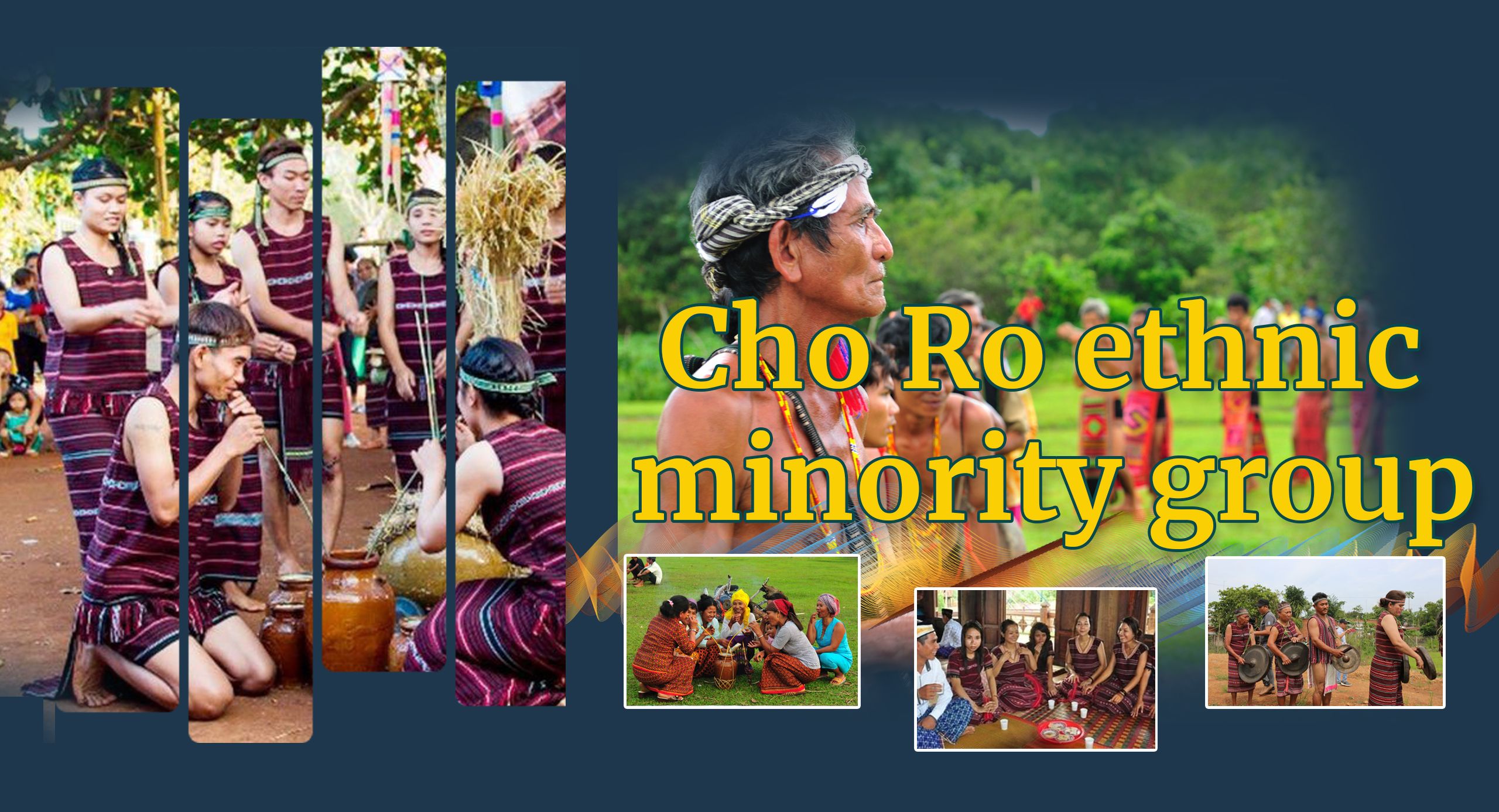
Other names: Chau Ro, Do Ro, Chro, Thuong.
Language: Belonging to the Mon-Khmer language system (the language family of Southern Asia) and is quite close to the languages of the ethnic minority groups of Xtieng, Ma, and Co-ho, but the number of Khmer words in the Cho Ro language is quite large.
Residence: Cho Ro ethnic minority people live mainly in the low mountains of the southwest and southeast of Dong Nai province.
Cho Ro ethnic minority group
Cho Ro ethnic minority group with a population of nearly 30,000 people live mainly in the low mountainous areas in the southwest and southeast of Dong Nai province and Ba Ria-Vung Tau province. The life of the Cho Ro people is becoming better with traditional cultural values preserved and promoted.
Origin
The Cho Ro people have long resided in the low mountainous areas in the southeast of Dong Nai province and partly in Ba Ria - Vung Tau province.
Other names: Chau Ro, Do Ro, Chro, Thuong.
Population
According to the survey of 53 ethnic minority groups on April 1, 2019, the Cho Ro ethnic minority group population has 29,520 people, including 14,822 males and 14,698 females. Household size: 4.0 people per household. The proportion of the population living in rural areas is 91.2%.
Geographical distribution
The Cho Ro people live mainly in the low mountains of the southwest and southeast of Dong Nai province. The largest number of Cho Ro people live in the communes of Xuan Binh, Xuan Truong, Xuan Tho, and Xuan Phu, in Xuan Loc district. Some Cho Ro families live in Song Be and Ba Ria provinces and along National Highway 15.
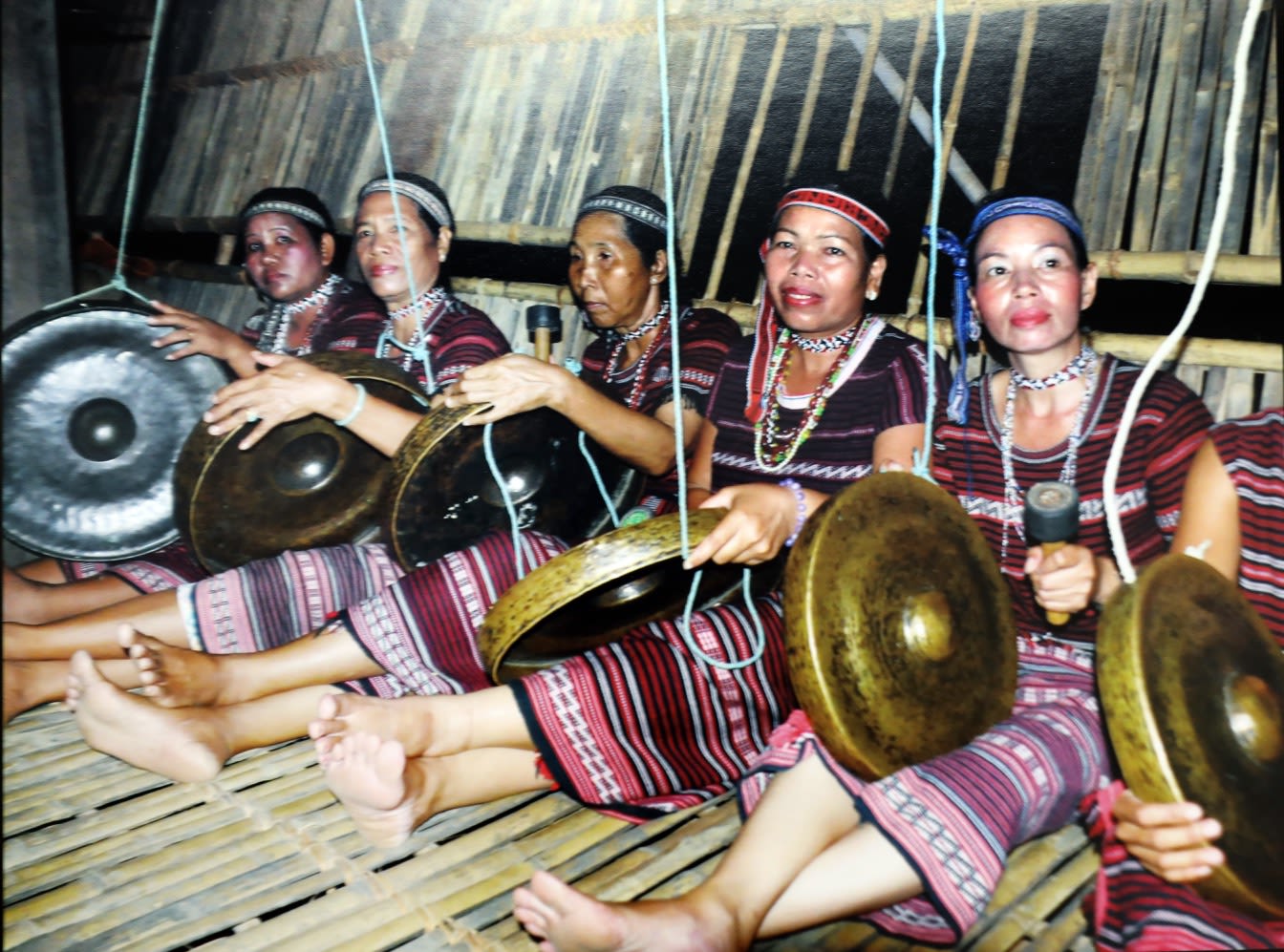
Language
Belonging to the Mon-Khmer language system (the language family of Southern Asia) and is quite close to the languages of the ethnic minority groups of Xtieng, Ma, and Co-ho, but the number of Khmer words in the Cho Ro language is quite large. Previously, the Cho Ro people did not have their own script. Some missionaries transliterated the Cho Ro language into the Latin system.
Education: According to the survey of 53 ethnic minority groups on April 1, 2019: The rate of Cho Ro people aged 15 and over, who can read and write the Vietnamese language is 81.7%. The net attendance rate for children of primary school age is 101.7%, junior secondary school age is 72.7%, and senior secondary school age is 36.8%. The percentage of out-of-school children is 23.6%, while the percentage of people aged 15 and over who can read and write their ethnic script is 4.9%.
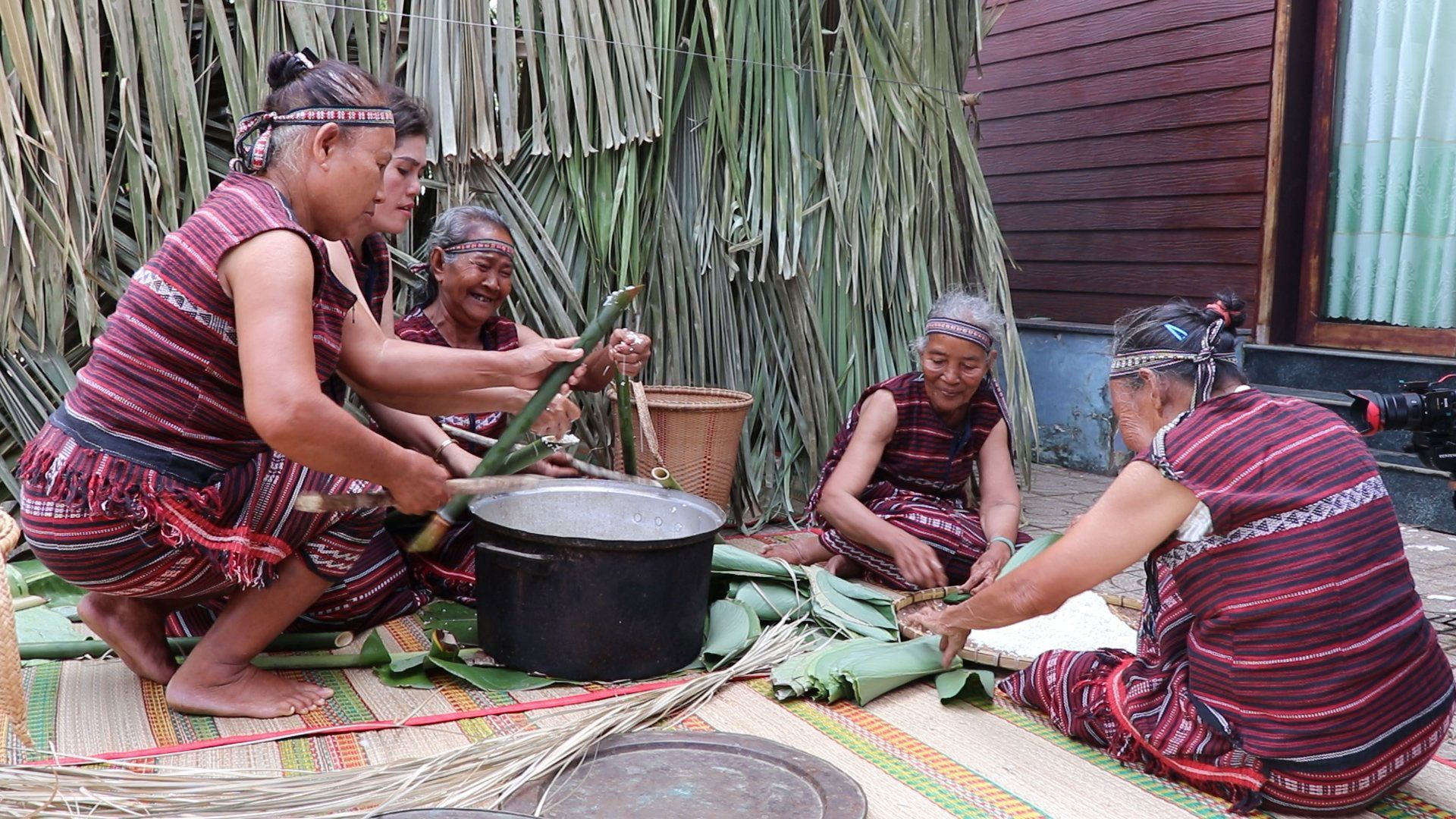
Main features:
Costumes: In the past, men wore loincloths and women wore skirts. In the summer, they go topless or wear a short shirt, and in the cold season, they often wear a blanket. Today, the vast majority of Cho Ro people dress in the style of the local Vietnamese.
Housing: In the past, they lived on high stilts with the doors opening at the front of the stilt. Now, most of the Cho Ro people live in houses built on the ground. They have absorbed the architecture of Southern farmers’ houses: houses with the rafter. The old feature still preserved in the house is the sleeping stall, which occupies half of the horizontal area and is long from the beginning to the end of the house. Some houses have tiled roofs and built walls.
Social relations: In the social structure of the Cho Ro people, the relations of the matriarchal family have been dissolved but the relations of the patriarchal family have not been established. In the family, women are still respected more than men. In a village, many families live together.
Marriage: The Cho Ro people’s marriage exists in two forms: the groom’s family visits the bride’s family to ask for permission for the marriage or vice versa. The wedding is held at the bride’s house and after the marriage, the groom resides in his wife’s house, and after a few years, they will build a new house to live in.
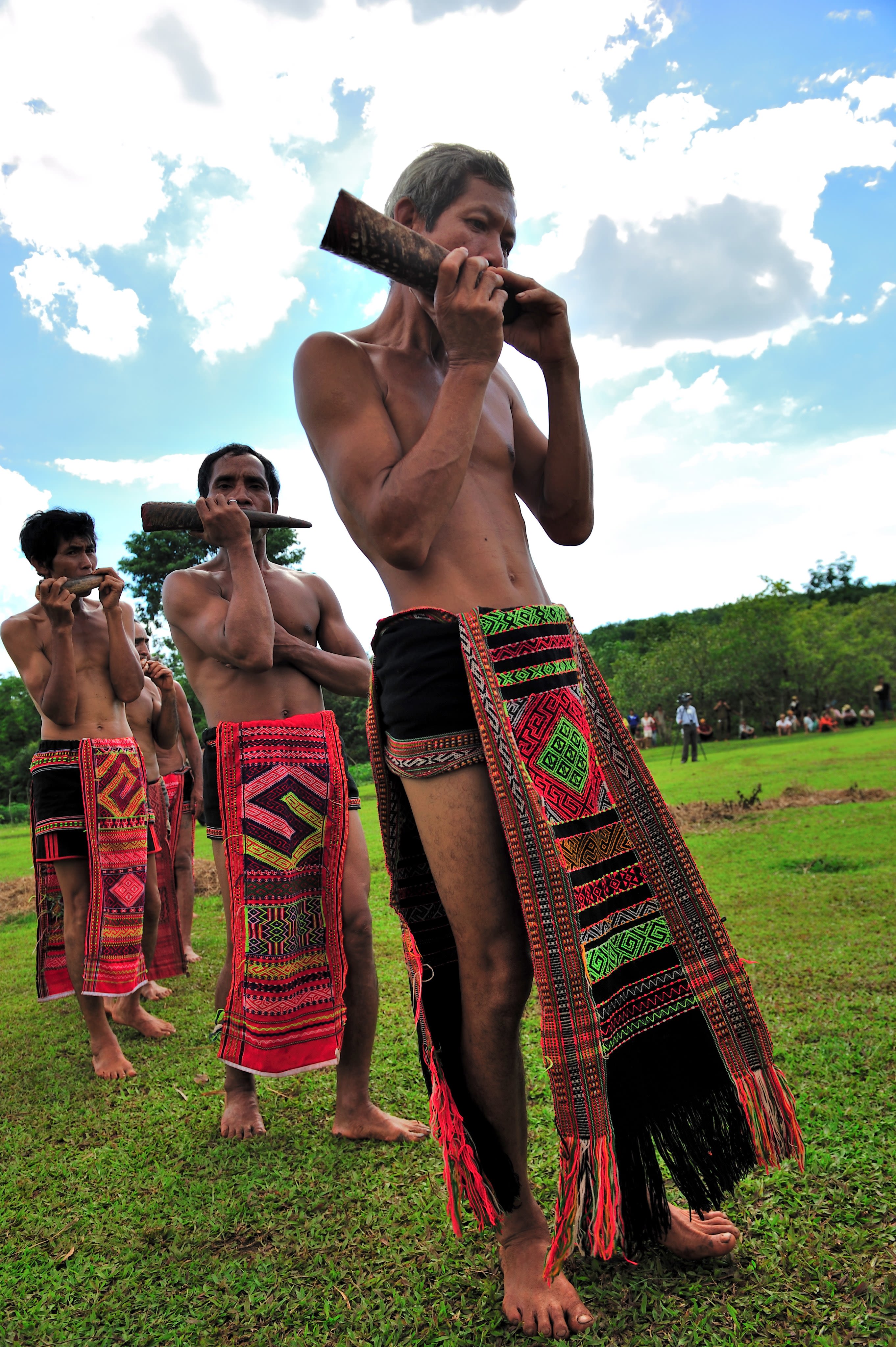
Funeral: The Cho Ro people follow the practice of interment. The grave is raised in the shape of a hemisphere. In the first three days, people call the soul of the dead to eat rice, followed by the ‘opening of the tomb’ ceremony with 100 days of rice offerings. The custom of using votive paper appeared in the funerals of the Cho Ro people and on the 23rd day of the 12th lunar month every year, people visit graves like the local Vietnamese.
New house: The inauguration of a new house is always an opportunity to share joy between the house owner, his family and the villagers.
Holiday: The day of worshipping the rice god is a solemn occasion every year. Cakes such as banh tet, banh ong and banh giay tron vung are prepared by every family, to celebrate the holiday and welcome guests. The ceremony to worship the forest god is held as a village festival and now this ceremony is held every three years.
Calendar: Cho Ro people have their agricultural calendar according to the cycle of cultivation and based on the moon phase.
Art: Only a few folk reciprocal songs sang during festivals, as prayers to the god of rice and now very few people know about them. The notable musical instrument is the 7-piece brass gong set consisting of 4 small gongs and 3 large ones. In addition, bamboo pipes and vertical flutes are often used in the Chau Thanh mountains.
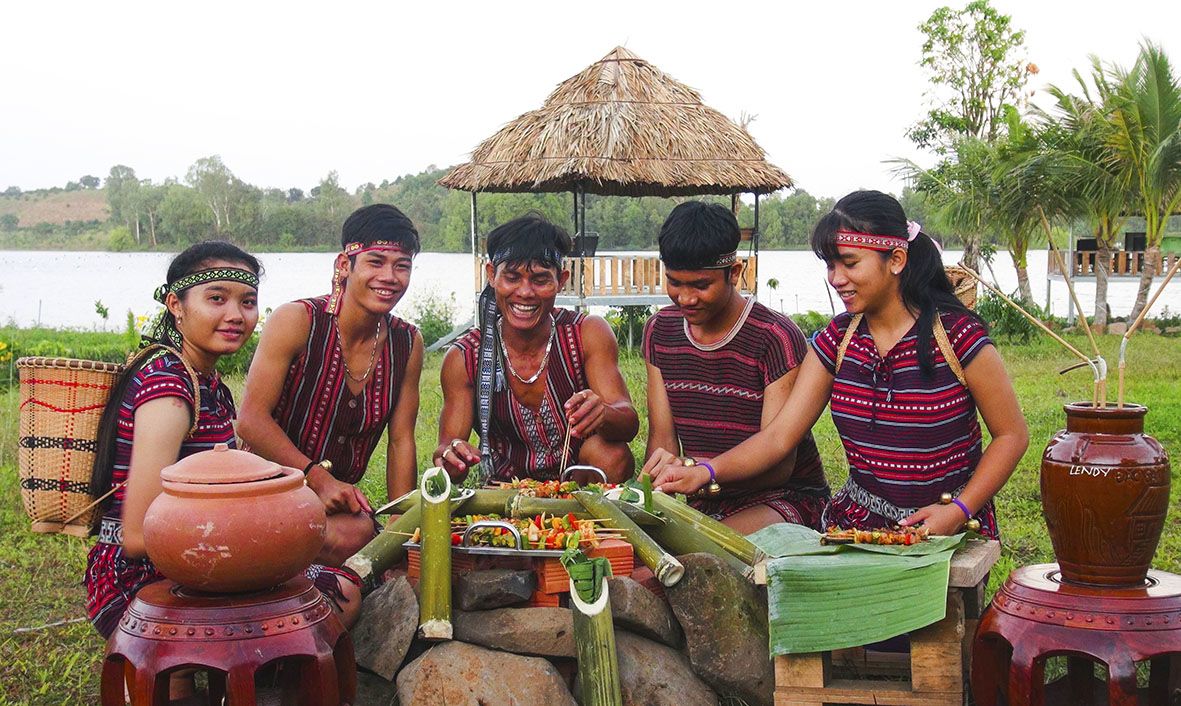
Economic conditions
The Cho Ro people mainly work in the fields and cultivate in the way of burning fields and then poking holes to sow seeds. Hunting and gathering usually focus on leisure time (around the 6th and 7th lunar month). Currently, the Cho Ro people have settled down, mainly cultivating wet rice in combination with industrial plants, fruit trees and crops. They know how to develop products such as buying machinery for farming and using chemical fertilisers, pesticides and others.
The Cho Ro people have a poverty rate of 4.2%, a rate of near-poor households of 5.5%, an unemployment rate of 1.55%, a proportion of trained workers with certificates of 26.6%, a proportion of labourers working in the non-agricultural sector of 56.3%, the proportion of employees holding management jobs or high and middle-level technical expertise of 1.2%, and the proportion of households doing traditional crafts of 0.01%.